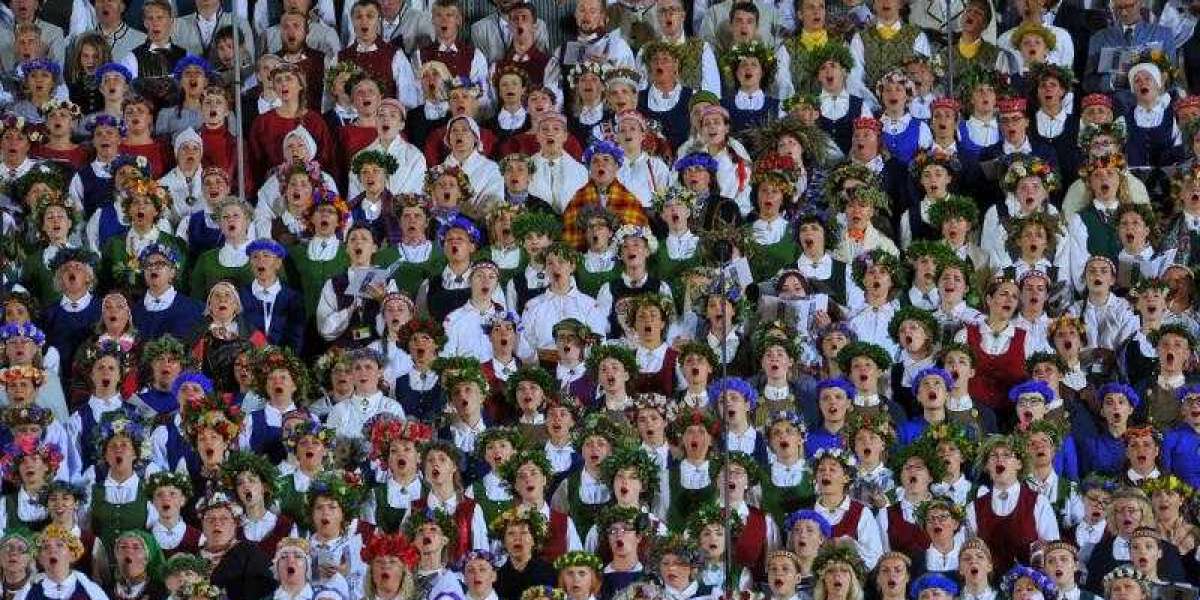The total population of Latvia is 1,929,938 people. The people of Latvia speak the Latvian language. The linguistic diversity of Latvia is quite diverse according to a fractionation scale, which for Latvia is 0.5795. The average age is around 41.4 years. Life expectancy in Latvia is 73.78. The female fertility rate in Latvia is 1.6. About 25% of the Latvian population is obese. Ethnic diversity is quite diverse according to a fractionation scale, which for Latvia is 0.5867. Details on the language, religion, age, gender distribution and advancement of the people of Latvia can be found in the sections below, as well as the section on education in the country.
Population
In Latvia, the population density is 31 people per square kilometer (81 per square mile). Based on these statistics, this country is considered sparsely populated. The total population of Latvia is 1,929,938 people. Latvia has approximately 263,126 foreign immigrants. Immigrants in Latvia make up 0.2 percent of the total number of immigrants worldwide. Immigrants in Latvia make up 13.8 percent of the total number of immigrants worldwide. The ethnic diversity of Latvia is quite diverse according to a fractionation scale based on ethnicity. Ethnic Fractionation (EF) deals with the number, size, socioeconomic distribution, and geographic location of diverse cultural groups, usually within a state or some other demarcated area. Specific cultural characteristics can refer to language, skin color, religion, ethnicity, customs and traditions, history, or other distinctive criteria, alone or in combination. These characteristics are often used for social exclusion and power monopolization. The index of ethnic fractionation in Latvia is 0.5867. This means that there is a relatively high number of unique ethnic groups in Latvia. EF is usually measured as 1 minus the Herfindahl concentration index of ethnolinguistic group proportions, which reflects the probability that two randomly drawn individuals from the population belong to different groups. The theoretical maximum of EF of 1 means that each person belongs to a different group. Below are statistics of Latvia on the median age and gender distribution at different ages.
Age
The average age is around 41.4 years. The average age of men is 38.4, the average age of women is 44.3.
Gender
The sex ratio, or number of males per female (estimated at birth), is 1.05. It can be further broken down into the following categories: sex ratio under 15 - 1.05; sex ratio from 15 to 64 - 0.95; sex ratio over 64 - 0.49; Overall sex ratio - 0.86. The overall sex ratio differs from the sex ratio estimated at birth. This is because some newborns are included in the sex ratio estimated at birth, but die within the first few weeks of life and are not included in the overall sex ratio.
Religion
The majority religion in Latvia is Christianity, whose adherents make up 55.8% of all religious believers in the country. Christianity is an Abrahamic monotheistic religion based on the life and teachings of Jesus Christ as presented in the New Testament. Christianity is the largest religion in the world with over 2.4 billion followers known as Christians. Christians believe that Jesus is the Son of God and the Savior of mankind, whose coming as Christ or Messiah was prophesied in the Old Testament. Besides Christianity, there are some followers of Buddhism in Latvia. The religious diversity of Latvia is quite diverse according to a fractionation scale based on the number of religions in Latvia. The index of religious fractionation in Latvia is 0.5556. This score means that there are several major religions in Latvia, evenly distributed.
General development
Latvia is considered a developed nation. A nation's level of development is determined by a number of factors including, but not limited to, economic prosperity, life expectancy, income equality and quality of life. As a developed nation, Latvia is able to provide its citizens with social services such as public education, healthcare, and law enforcement. Citizens of developed countries enjoy a high standard of living and longer life expectancies than citizens of developing countries. In Latvia, 74 out of 100 people use the Internet.








